EUROPA  MILITARIA N38
MILITARIA N38
BRITISH MILITARY RESPIRATORS
AND ANTI-GAS EQUIPMENT
OF THE TWO WORLD WARS
THOMAS MAYER-MAGUIRE AND BRIAN BAKER

THE CROWOOD PRESS
First published in 2015 by
The Crowood Press Ltd
Ramsbury, Marlborough
Wiltshire SN8 2HR
www.crowood.com
This e-book first published in 2015
Thomas Mayer-Maguire and Brian Baker 2015
All rights reserved. No part of this publication may be reproduced or transmitted in any form or by any means, electronic or mechanical, including photocopy, recording, or any information storage and retrieval system, without permission in writing from the publishers.
British Library Cataloguing-in-Publication Data
A catalogue record for this book is available from the British Library.
ISBN 978 1 84797 888 2
ABOUT THE AUTHORS
Tom Mayer-Maguire and Brian Baker have both been extensively involved in World War I and World War II living history for a number of years, putting on displays across the country. Tom lives in Warwickshire with his young family and works as a mechanical engineer. He has been collecting militaria for some years now and helps to run the Tommy Atkins Historical Society. Brian is a militaria enthusiast who lives with his family in Leicestershire and works at the local community centre. Brian has a particular interest in the World War II Home Front and Civil Defence. He is the founder of Doing Our Bit, a historical group that regularly gives talks to local schools.
This book is a joint venture on a topic we both find interesting and of which we are both avid collectors. We hope that it inspires others to do the same.
AUTHORS NOTE
The purpose of this book is to provide the novice collector with a factual reference guide and some practical advice on collecting British military respirators and anti-gas equipment. The ideal design for a military respirator must satisfy a number of conditions. It must not be restrictive to the soldier, it must be easy to breathe through and also be comfortable to wear for long periods during a chemical attack. When used in the field, military respirators must also be able to integrate and be fully compatible with the rest of the kit a soldier carries. Achieving such a design has taken many years of research, which still continues today as new equipment and chemical threats continue to appear. To cover everything in minute detail would easily fill more than one book, especially given the number of trial patterns and specialist equipment developed during the war years. However, this guide aims to talk the reader through the main developments of British military respirators of the two world wars and also to discuss how the kit was used by soldiers at the time. We have explored some of the science and technical reasoning behind the various designs of respirator and how they were adapted to meet the needs of the troops. We have included a number of photos showing how various kits would be worn in combat using respirators that have been cleaned professionally so that they are safe to wear.
The amount of knowledge available on respirators is limited and many online resources can be misleading. This book aims to tell the facts. The information in this guide has been translated from technical manuals, training pamphlets and research through the National Archives. As well as giving a brief history of the use of gas in warfare, we have also targeted topics such as care and maintenance in order to help collectors preserve their collections.
Acknowledgements
Our sincere gratitude goes to Phil Sawford for his advice and guidance and to Bryn Garrett and Matthew Watkins for helping with the recreated photos in this book. We would also like to extend our thanks to the Staffordshire Regiment Museum and the Royal Artillery Library, Woolwich, for allowing us access to their displays.
Contents
List of Abbreviations
ARP | Air Raid Precautions |
BEF | British Expeditionary Force |
GHQ | General Head Quarters |
GSR | General Service Respirator |
LBR | Large Box Respirator |
NC | New Container |
NCO | Non Commissioned Officer |
P | Phenate |
PH | Phenate Hexamine |
PHG | Phenate Hexamine Goggle |
POW | Prisoner Of War |
RACD | Royal Army Clothing Department |
RAF | Royal Air Force |
RAOC | Royal Army Ordinance Corp |
SBR | Small Box Respirator |
1 Collectors Guide
T he main reason for writing this guide was to provide the novice collector with a handy reference book on the subject of British respirators and anti-gas equipment. A lot of the knowledge in this guide has been learnt through years of collecting such items and also gleaned from other experienced collectors. As well as outlining our own lessons learnt, we have included a lot of information taken from the original training/maintenance manuals published for use by the forces at the time. These contain a wealth of information provided by the original manufacturers and can help to combat age-related deterioration of respirators and other items. We know from our own experience that respirators can be tricky items to collect, store and display. There is also quite a lot of contradictory information from online resources that can speed up rather than prevent the deterioration of the items in ones collection.
Collecting respirators (or gas masks to give them their civilian name) is an interesting branch of militaria that has a large following and collectors market. As a hobby, respirators offer the collector the chance to indulge in the more technical/scientific side of militaria in addition to the history. The science behind each successive respirator development is fascinating and also reflects the key issues that the military were concerned with at that time. It is amazing to see how quickly anti-gas equipment was developed within such a short period, reflecting how seriously gas was regarded as a threat. Chemical warfare in general is a very nasty subject indeed, so there is (to an extent) an unusually dark fascination with collecting such items. Nevertheless, respirators are an important part of our military history and encouraging their collection and preservation is very important.

Collecting anti-gas equipment is a very interesting and unique hobby that caters for a variety of budgets. Most respirators are still fairly cheap to collect due to the numbers produced during the wars. Shown here are three variations of Mk IV General Service Respirators (from left to right): Special T-Mic (1941); Mk IV fitted with additional Type EA filter (1939); and a pre-war Mk IV (1938).
Deciding What to Collect
Deciding what to collect is always a matter of personal preference and depends upon where your interests lie. This book is primarily focused on British military equipment, although there is also a huge collectors scene for the civilian assortments of respirators issued. As well as the British varieties, there are also avid collectors of military and civilian respirators used by other countries, whether they are from the two world wars or the modern day. Many of the points covered in this guide can also be applied to collecting these respirator types. The main personal interest of the authors has always been the kit and equipment used by the British, who, during these two major conflicts, helped to lead the war in developing anti-gas measures.
Next page
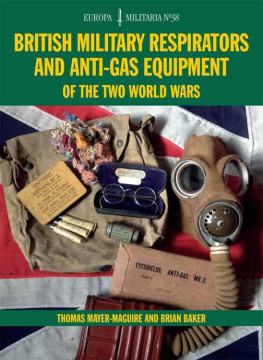

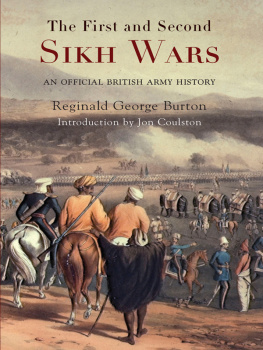
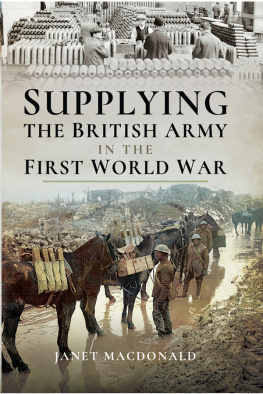

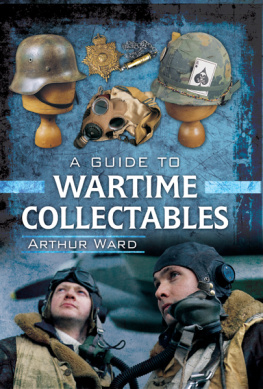
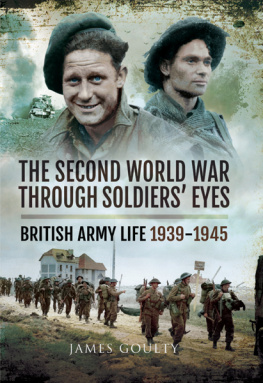

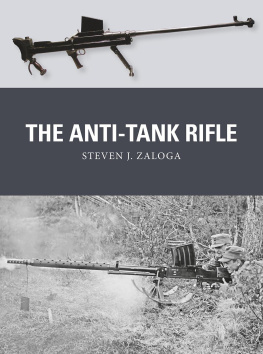
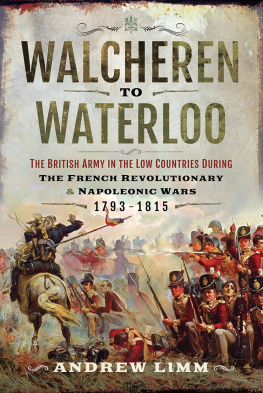
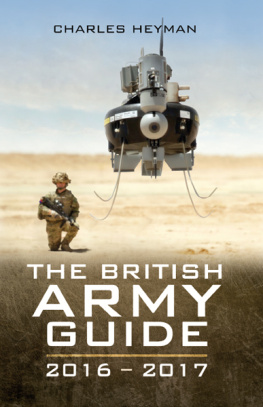
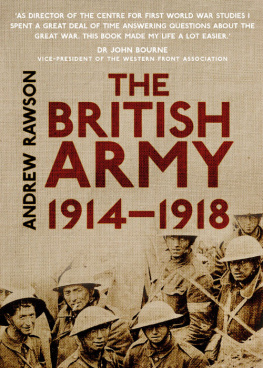
 MILITARIA N38
MILITARIA N38
